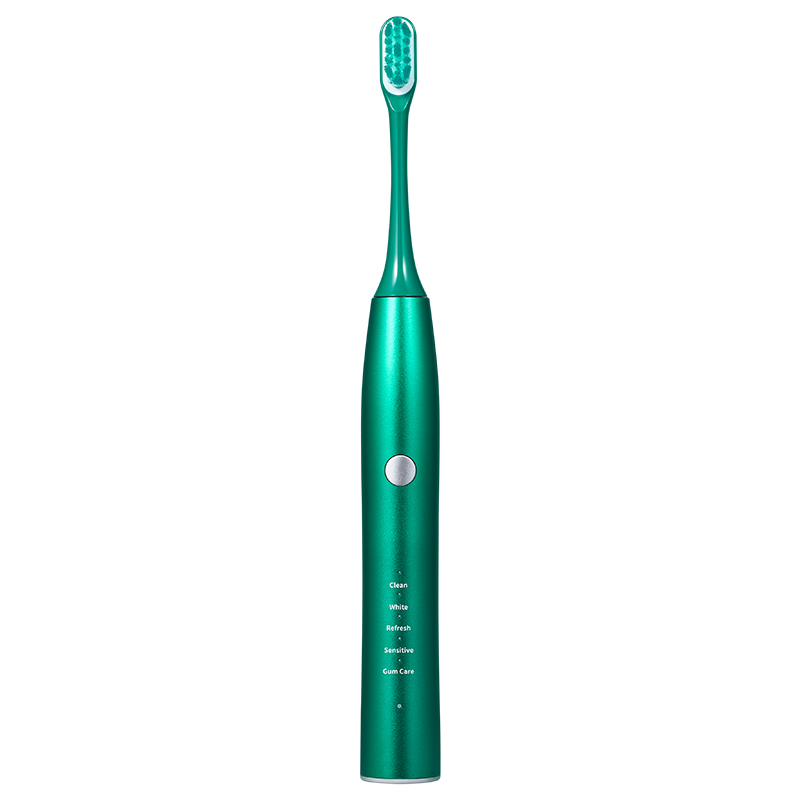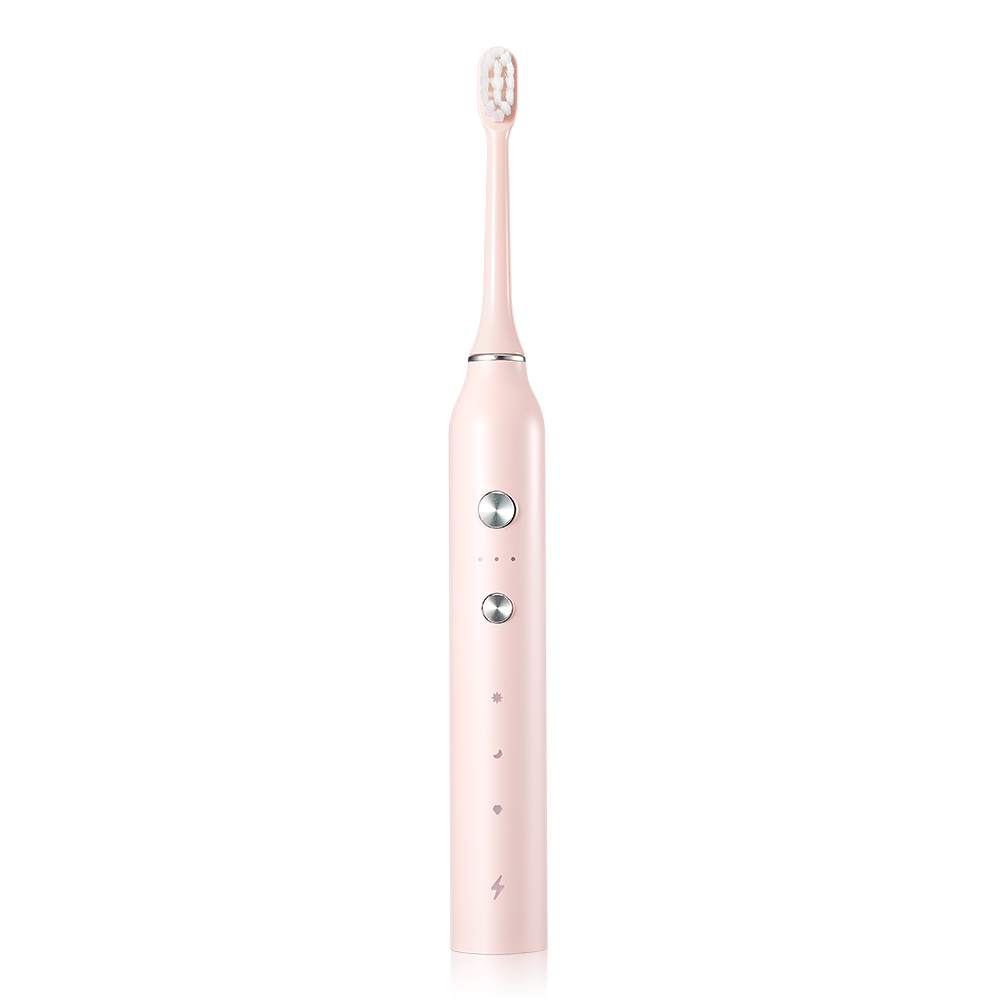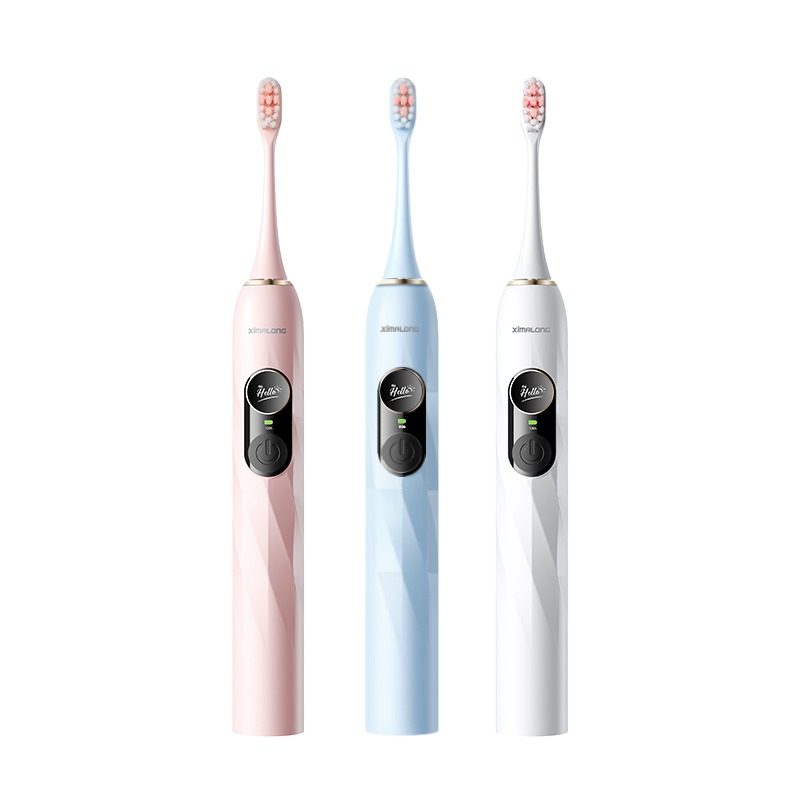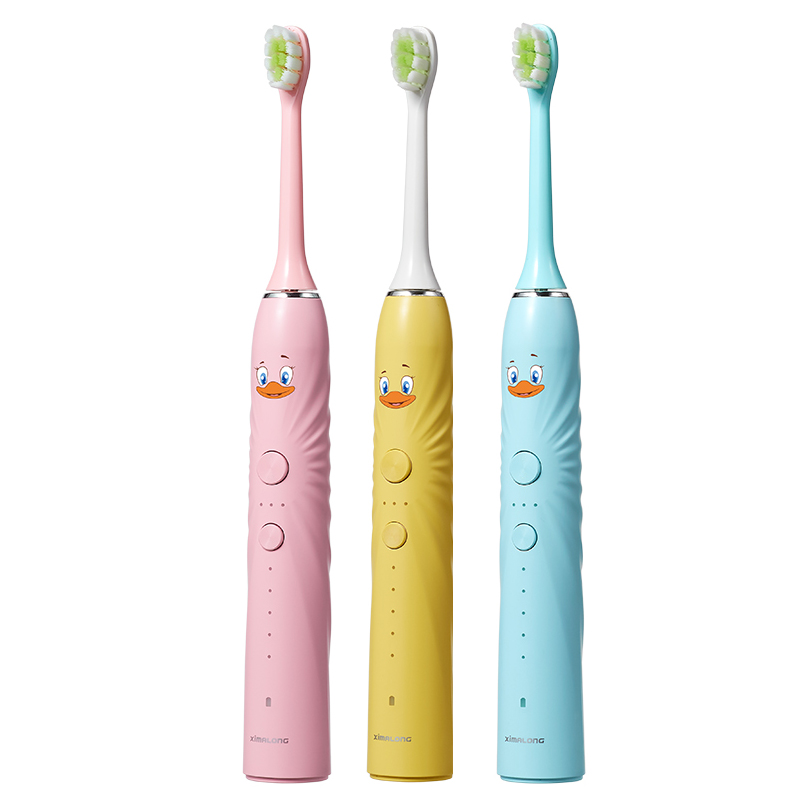How Often Should You Replace a Quality Toothbrush for Maximum Hygiene?
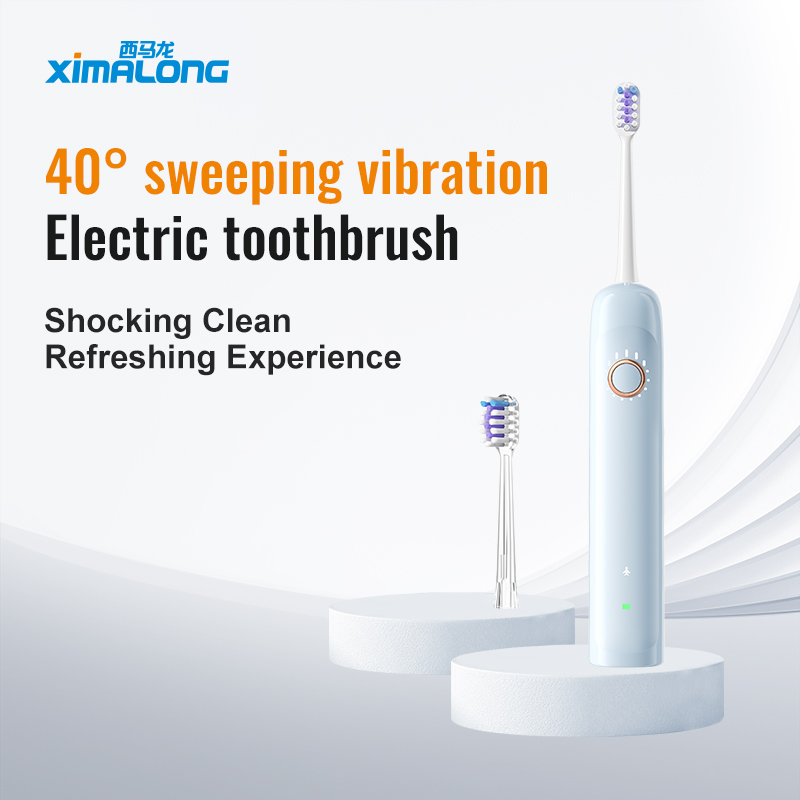
Maintaining proper oral hygiene starts with one simple tool — your toothbrush. Yet, many people underestimate how often it should be replaced. Even a quality toothbrush loses its effectiveness over time, leading to poor cleaning results and hidden hygiene risks. Whether you’re an individual consumer, a hotel operator, or a retail distributor, understanding the toothbrush replacement cycle can make all the difference in health, comfort, and brand trust.
In this guide, we’ll explore how often to change your toothbrush, what signs indicate it’s time, and why choosing Ximalong quality toothbrushes ensures consistent hygiene and durability.
Why Replacing Your Quality Toothbrush Matters
1. Bristle Wear Affects Cleaning Efficiency
Over time, toothbrush bristles bend and fray. Even a high-quality toothbrush begins to lose its firmness after about three months of daily use. Worn bristles can’t remove plaque or food particles effectively, increasing the risk of gum disease and bad breath.
2. Bacteria Accumulate with Regular Use
Toothbrushes come into contact with your mouth, hands, and bathroom environment daily. After weeks of use, bacteria, fungi, and even mold can accumulate on the bristles. Replacing your quality toothbrush regularly helps reduce the chance of reintroducing these microbes into your mouth.
3. Fresh Bristles Improve Oral Comfort
Old toothbrushes can feel harsh on sensitive gums or enamel. A new, soft-bristled toothbrush provides a smoother brushing experience, especially for users with delicate gums or after dental treatments.
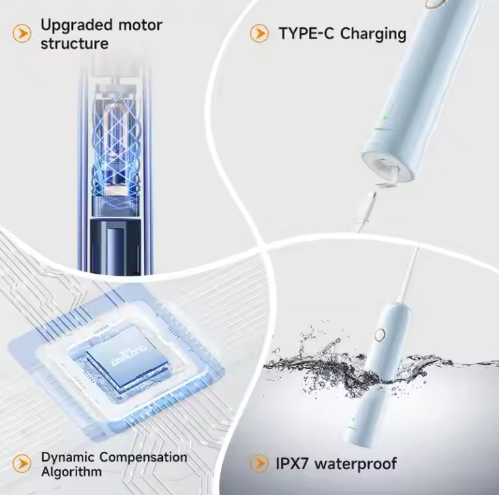
How Often Should You Replace a Toothbrush?
According to dental associations worldwide, a quality toothbrush should typically be replaced every three months. However, there are factors that can shorten or extend that period.
Replace Every 3 Months for Best Hygiene
Three months is the standard recommendation. After this period, most toothbrushes — even premium ones — begin to show visible wear.
Replace Sooner If You’ve Been Sick
If you’ve had a cold, flu, or mouth infection, replace your toothbrush immediately. Germs can remain on the bristles, increasing the risk of reinfection.
For Children: Replace More Frequently
Children often chew or press harder on the bristles, wearing them out faster. In most cases, a child’s toothbrush should be replaced every 6 to 8 weeks.
Electric Toothbrush Users: Replace Brush Heads Regularly
If you use an electric toothbrush, the same rule applies — replace the brush head every three months for consistent performance.
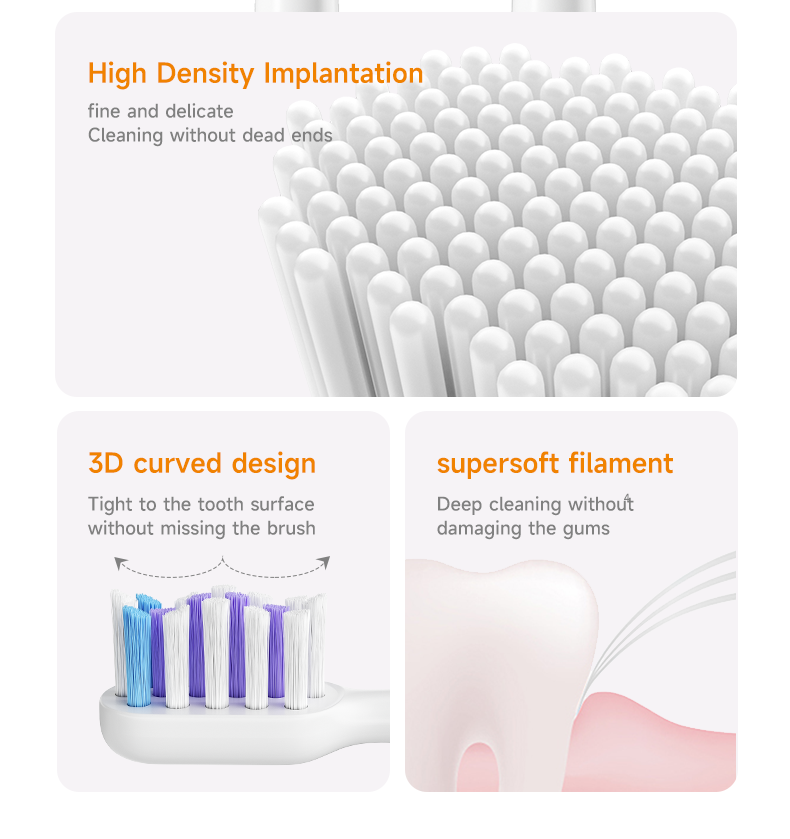
Signs That It’s Time to Replace Your Toothbrush
If you’re unsure about timing, here are some clear warning signs:
The bristles are frayed, bent, or discolored.
You notice a strange odor from the brush head.
The toothbrush feels less effective during cleaning.
You’ve recently been ill or shared storage with others.
Keeping a visual check helps maintain hygiene before bacteria multiply.
Choosing the Right Quality Toothbrush for Long-Term Health
1. Go for Soft Bristles
Soft or ultra-soft bristles are gentle yet effective. They clean plaque without harming enamel or gums — ideal for both adults and children.
2. Choose Ergonomic Handles
Comfortable handles improve grip and brushing control, especially in wet environments like bathrooms or hotels.
3. Prioritize Hygiene-Friendly Materials
Modern eco-friendly toothbrushes made from bamboo or recyclable plastics reduce bacterial growth and support sustainability goals.
4. Opt for Trusted Manufacturers like Ximalong
Choosing a reliable brand ensures quality consistency. Ximalong quality toothbrushes use precision-cut bristles and durable materials that maintain shape longer — making them ideal for personal, retail, or hotel use.
Why Ximalong Quality Toothbrushes Stand Out
At Ximalong, we focus on innovation, hygiene, and comfort. Our toothbrushes are engineered with:
High-density bristles for deep cleaning efficiency.
Soft-touch ergonomic handles for a comfortable grip.
Eco-conscious materials, supporting sustainability goals.
Custom OEM options for hotels, gifts, and private label brands.
Whether for home use, business procurement, or international distribution, Ximalong ensures lasting quality and reliable hygiene.
Tips to Extend Toothbrush Hygiene Between Replacements
Rinse thoroughly after each use to remove toothpaste residue.
Store upright in a ventilated holder to keep bristles dry.
Avoid closed cases where moisture can promote mold.
Don’t share toothbrushes — even among family members.
These simple steps maintain cleanliness and prolong the life of your quality toothbrush.
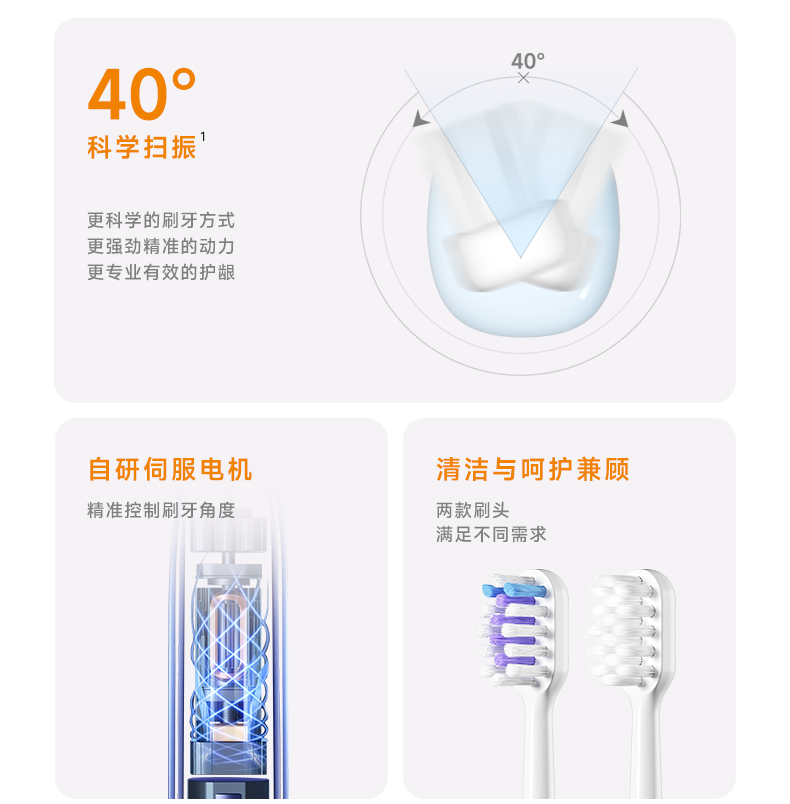
Conclusion
Your toothbrush is the foundation of oral hygiene. No matter how high its quality, regular replacement is key to maintaining health and comfort. For individuals, hotels, and retailers alike, switching out your quality toothbrush every three months ensures maximum hygiene, efficiency, and satisfaction.
When choosing a toothbrush brand that delivers consistent results and trust, Ximalong is your reliable partner — blending innovation, comfort, and eco-friendly solutions for every need.
FAQs
1. How can I tell when my toothbrush needs replacing?
If the bristles appear frayed, discolored, or less effective, it’s time to replace it — typically every 3 months.
2. Are bamboo toothbrushes as hygienic as plastic ones?
Yes, toothbrushes from trusted suppliers like Ximalong are naturally antibacterial and eco-friendly, offering both cleanliness and sustainability.
3. Can I sanitize my toothbrush instead of replacing it?
You can disinfect it occasionally, but replacement remains essential every three months to ensure maximum hygiene.

